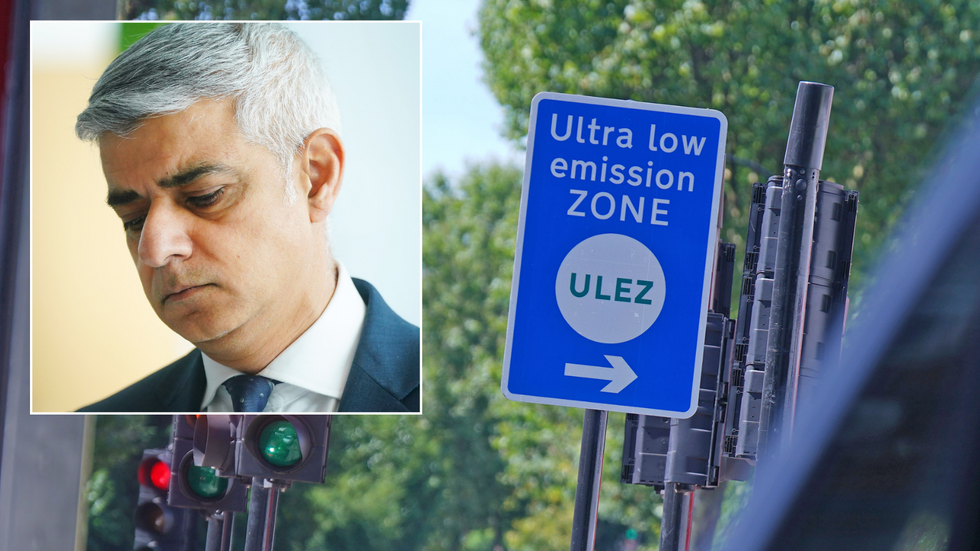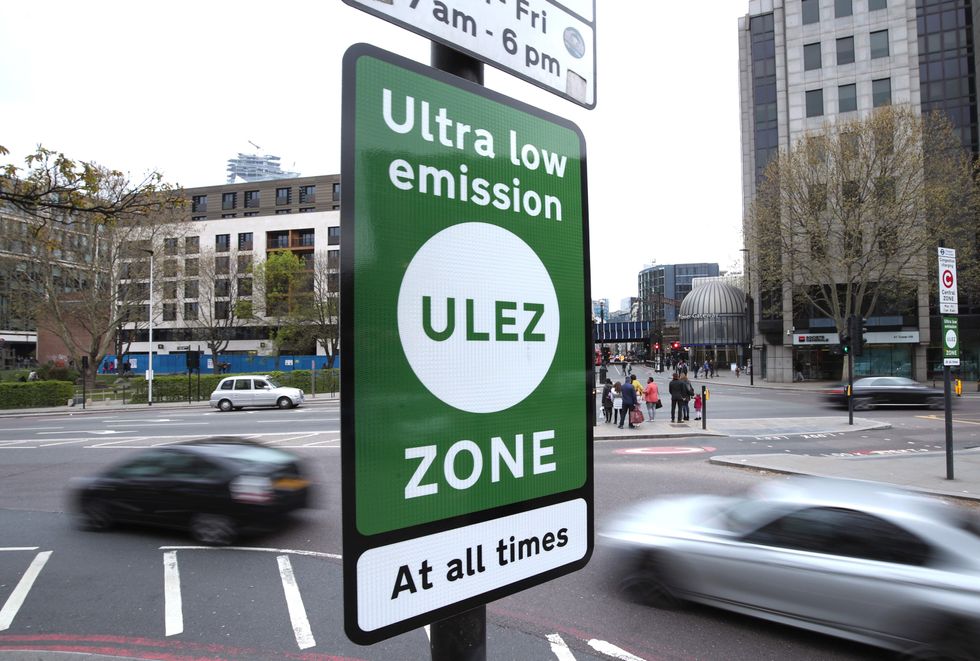Sadiq Khan 'MISLED' Londoners with Ulez radio adverts, watchdog finds

A watchdog had ruled that claims made by TfL about pollution levels in the capital were not accurate
Don't Miss
Most Read
Sadiq Khan has been slammed for “misleading” Londoners with his environmental claims about the expansion of Ulez in its radio advertising.
The Advertising Standards Authority (ASA) said claims made by Transport for London (TfL) about pollution levels in the capital were not accurate.
It received a total of 504 complaints about six adverts from TfL and 38 about a Greater London Authority advert.
The watchdog has warned the mayor he needs to ensure in the future that he has evidence to back up the claims he makes in the adverts.

A watchdog has criticised Sadiq Khan and TfL for 'misleading' Londoners with its marketing
|PA
It looked at six claims made by TfL before Ulez’s expansion in August, where the government body spent £9million on a "marketing blitz". It found that three were misleading.
TfL claimed that levels of nitrogen dioxide had reduced almost by half due to the scheme, however, the ASA said this was not based on measurements of air quality taken before and after Ulez was implemented.
Instead, TfL used the difference between current air quality measurements and a “non-Ulez scenario” in its marketing but did not make this clear to the audience.
Another ruling related to comments made in a radio advert last year that said that research had found that “one of the most polluted places in London is inside your car”, which led to multiple complaints being raised to the ASA.
LATEST DEVELOPMENTS:

The Advertising Standards Authority (ASA) said claims made by Transport for London (TfL) on radio adverts about pollution levels in the capital were not accurate
|Getty
The advert said: “Everything in your car is designed to protect you, but none of that will protect you from this … the air you’re breathing. According to research, one of the most polluted places in London is inside your car. That’s why the Ulez is expanding across all London boroughs.”
TfL tried to defend its claim by providing 10 different reports which all supported its stance.
However, the watchdog dismissed all pieces of evidence, stating that none of the reports supported the research.
The ASA said that the Greater London Authority (GLA) had not compared pollution across a wide enough area throughout the capital in order to be representative of the average Londoner’s experience.

TfL claimed that levels of nitrogen dioxide had reduced almost by half due to the scheme, however this was disputed by the ASA
| PADespite these disputes, the watchdog did not rule against TfL’s claims that “London has an urgent air quality problem”; that the Ulez would “help clear the city’s air” and that there was a connection between “air pollution and an increased risk of developing dementia”.
Discussing the ASA ruling, a TfL spokesman said: “We are disappointed that the ASA has upheld the complaints made against some of our advertisements. We believe that the information, which was based on robust scientific evidence, was clearly presented.
“The ASA did not challenge the science. Its ruling centres around a minor technical point in some ads. We will take this into account when drafting the wording and referencing in any future adverts.
“The science is absolutely clear about the significant harm of air pollution on people’s health. It is also clear from robust scientific assessment, that the central London Ulez was key to almost halving the nitrous oxide (NOx) emissions in the original Ulez area.
“Scientific analysis based on modelled scenarios and estimates is standard practice in the scientific community and central government.”











